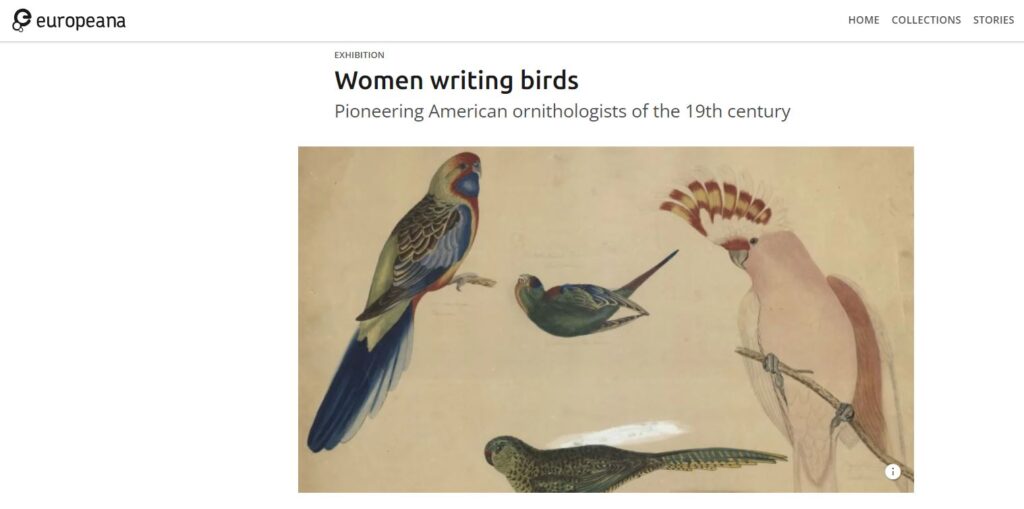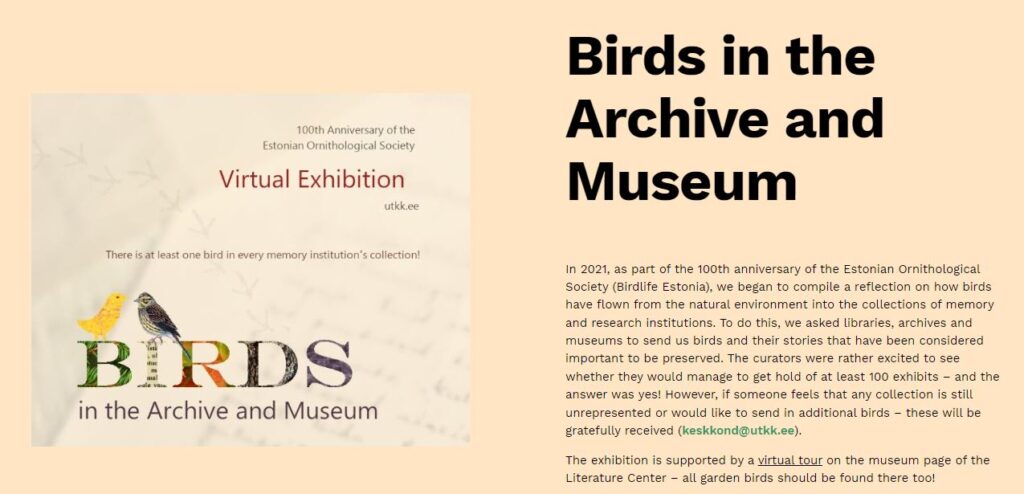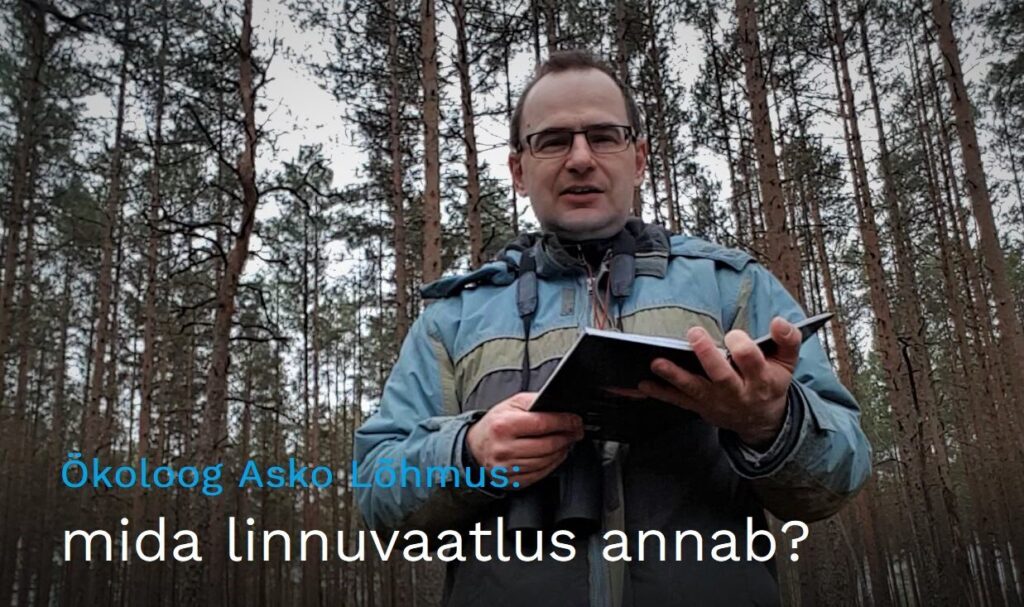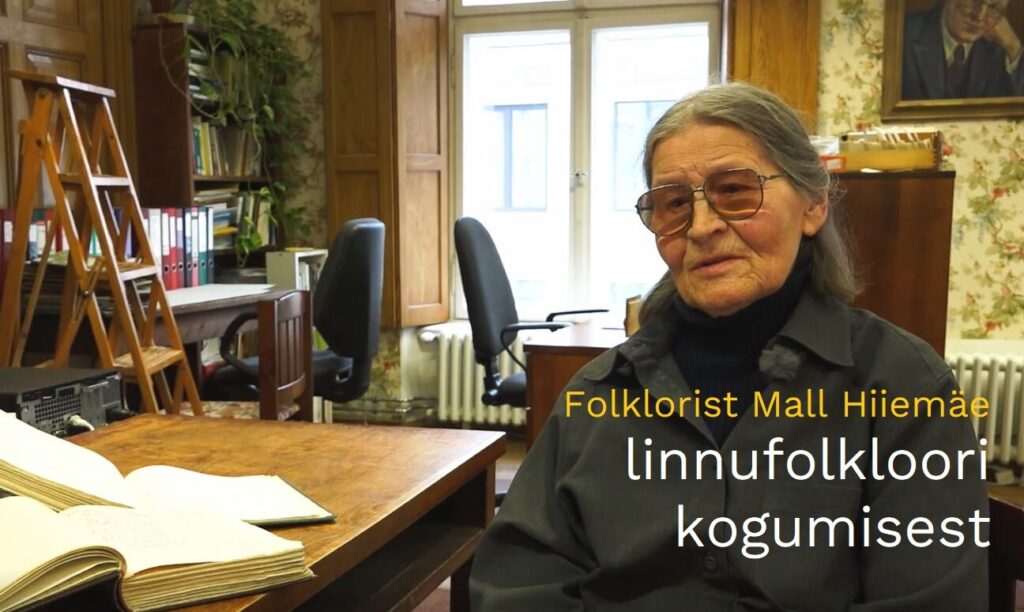Environmentalism
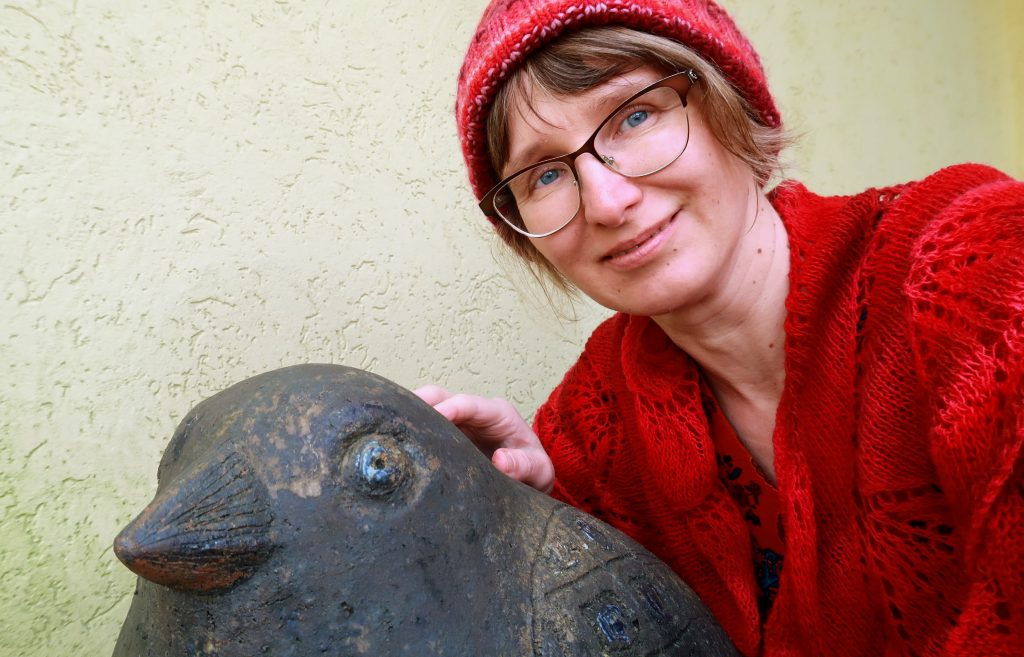
In 2020–2023 the Literature Centre was a partner in a European Union research project “Citizen Science for Environmental Citizenship: Backyard Birding and the Potential for Cultivating Green Engagement” – “EnviroCitizen”, in short. The project was led by the University of Stavanger.
In the project investigating the development of environmentally conscious citizens, a question was posed regarding what amateur birdwatchers had to say about climate change and values related to climate and the environment. The project included seven partners from European research institutions. Under the leadership of the University of Stavanger, it was examined whether and how activities related to bird watching and counting contribute to increasing environmental awareness and, in the process, promote an environmentally sustainable mindset.
The project team developed a multilingual educational programme to be implemented in schools and at public events of the partner countries. The aim is to popularize participation in existing bird-related citizen science activities in a manner that also promotes engagement as a member of an environmentally conscious society.
Virtual tour
The virtual tour in the museum of the Literature Center consolidates and presents the results of the project. The tour begins from an unusual perspective, namely as a picture seen through a bird’s eye, and continues in the museum’s garden with an introduction to the birds, animals and plants one can find in a suburban garden in Tallinn. Birds and animals are not seen every day in a city garden, but we can all do something in our gardens, green spaces as well as around buildings to make the non-human city dwellers feel more at home – starting with, for example, less frequent grass mowing. This way, our home surroundings are more biodiverse.
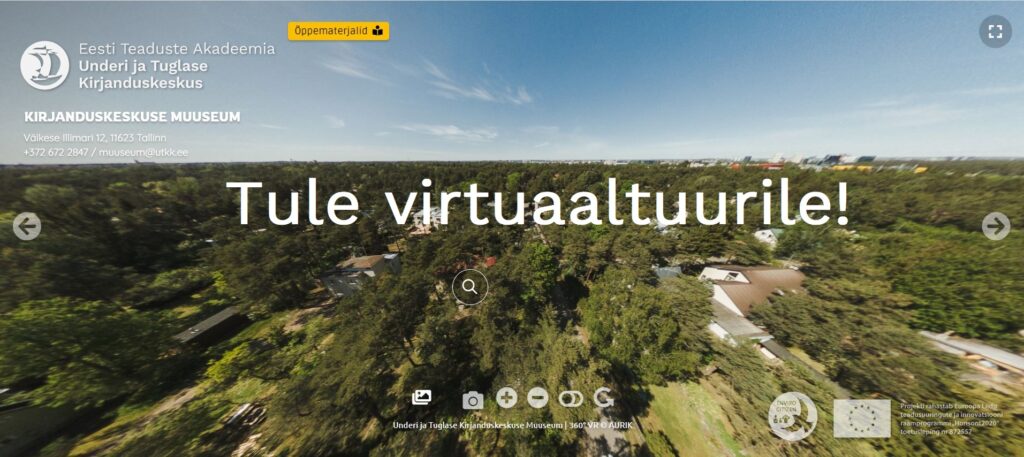
Yet, how to get to know birds even better? You can download educational materials about bird-related citizen science from the website. These materials are especially suitable for elementary school pupils and consist of a teacher’s book and activity sheets for pupils. The materials are also available on the website in Ukrainian, translated by Katja Novak.
Alternatively, the virtual tour is an opportunity for those who cannot come to the Literature Center’s museum to visit the homes of Marie Under and Artur Adson as well as Friedebert and Elo Tuglas. It is also a unique opportunity to familiarize oneself with the museum before the renovation in 2023, when the building’s energy efficiency is improved through smart energy management. Upon virtually entering the museum building, you can explore descriptions of artworks, items and books that belonged to the lives of the writers. In the museum hall upstairs, you can watch films, especially clips about birds and their significance.
Virtual exhibitions
What would a museum be without exhibitions? Several points on the virtual tour open up entire virtual exhibitions, some of which are related to environmental history. You can, for example, visit the exhibition „Women Writing Birds: Pioneers of American Ornithology in the 19th Century“ on the Europeana portal. And we highly recommend the virtual exhibition „Bird in the Archive and Museum“, created collaboratively by Estonian museums and archives, curated by the Literature Center (descriptions of exhibits are only in Estonian).
Exhibitions can be visited both by taking a virtual tour and by clicking on the images below.
Why is bird watching important?
Bird watching is a good way to get to know the natural world: wisdom about the world around us does not come on its own, but rather by observing, thinking and communicating, says conservation biology professor Asko Lõhmus. The role of birds in folklore is explored by senior researcher of the Literature Museum’s Folklore Archives, Mall Hiiemäe.
The website of Birdlife Estonia https://eoy.ee/ indicates that Estonia is a bird-rich area: 401 bird species have been observed here and up to 20 million pairs of birds nest in Estonia. In addition, the country is located on internationally important bird migration routes. Habitats suitable for birds in forests, fields, coastal areas and wetlands are decreasing due to human activities and 69% of the bird species nesting in Estonia are in unfavorable conditions.
Watch video clips about bird watching and citizen science!
During the „EnviroCitizen“ project, eight video clips were created that explored from various perspectives bird watching, citizen science and the initiatives and technology emerging from them in today’s world. The videos can be seen on the Literature Center’s Youtube channel.
Articles related to the project in Estonian
Talivee, Elle-Mari (2023). Looduskultuuri mur(d)epunkte. Meie antropotseen. Keel ja Kirjandus, 66 (3), 267−285. DOI: 10.54013/kk783a1.
Talivee, Elle-Mari (2023). Naised uurisid lilli, liblikaid ja linde. Vikerkaar, 6, 58−70.
Plath, Ulrike; Elle-Mari Talivee; Kadri Tüür (Toim.) (2022). Plath, Ulrike; Talivee, Elle-Mari; Tüür, Kadri. Keskkondluse erinumber. Methis. Studia humaniora Estonica, 30. DOI: 10.7592/methis.v24i30.
Plath, Ulrike; Talivee, Elle-Mari; Tüür, Kadri; Annist, Aet (2022). Loodusmõttest aktivismini: Saateks keskkondluse erinumbrile. Methis. Studia humaniora Estonica, 30, 5−23. DOI: 10.7592/methis.v24i30.22100.



